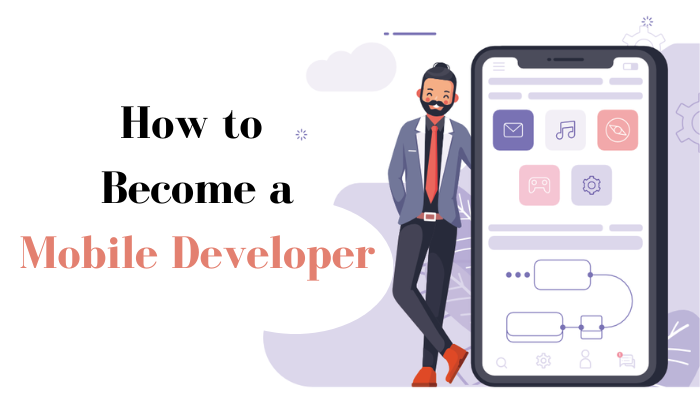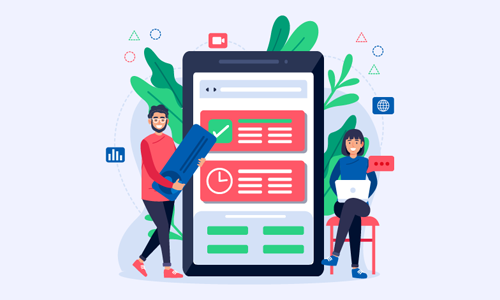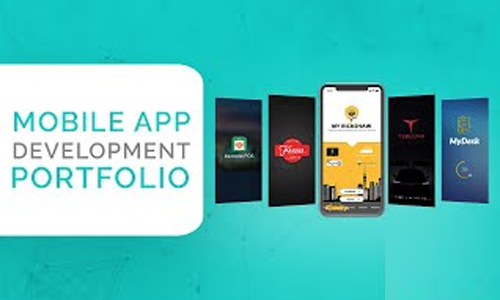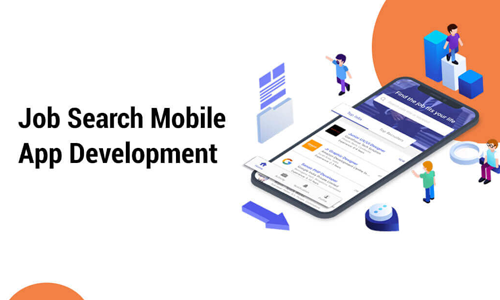How to Become a Mobile Developer

Becoming a mobile developer can be an exciting and rewarding career choice. With the increasing demand for mobile apps and the ever-growing market for smartphones, the need for mobile developers is higher than ever.
However, getting started in this field can be overwhelming, especially if you're new to programming. In this blog post, we'll explore the steps you need to take to become a mobile developer, from learning the necessary skills to finding your first job.
Step 1: Choose a mobile platform

The first step in becoming a mobile developer is to choose a mobile platform to specialize in. The two most popular platforms are Android and iOS. Android is an open-source platform that runs on a variety of devices, while iOS is exclusive to Apple devices.
Both platforms have their own development environments, tools, and languages, so it's important to choose the one that you're most interested in or have experience with.
Step 2: Learn the necessary skills

Once you've chosen a platform, it's time to start learning the necessary skills. This involves understanding programming concepts, languages, and development tools. Some of the most important skills for mobile developers include:
- Programming languages: For Android development, you'll need to learn Java or Kotlin, while iOS development requires Swift or Objective-C.
- Development tools: Android developers use Android Studio, while iOS developers use Xcode.
- UI/UX design: You'll need to understand how to design user interfaces and user experiences.
- Mobile app architecture: This involves understanding how to structure an app, including components like activities, fragments, and views.
- APIs and web services: You'll need to learn how to integrate APIs and web services into your app.
There are many resources available to help you learn these skills, including online courses, tutorials, and books. You can also attend coding bootcamps or take college courses to gain more in-depth knowledge.
Step 3: Build a portfolio of mobile apps

One of the best ways to demonstrate your skills to potential employers is to build a portfolio of mobile apps. This shows that you have practical experience and can apply your skills to real-world problems. Start by building simple apps, such as a calculator or a weather app, and gradually move on to more complex projects. Make sure to showcase your portfolio on your resume and online profiles, such as LinkedIn or GitHub.
Step 4: Find a mobile development job

Once you have a portfolio of mobile apps, it's time to start looking for a job. There are many job boards and websites that list mobile development positions, such as Indeed, Glassdoor, and LinkedIn.
You can also attend job fairs or networking events to meet potential employers.
Before applying for a job, make sure to tailor your resume and cover letter to the job description. Highlight your relevant skills and experience, and provide examples of your work.
If you don't have any professional experience, emphasize your portfolio and any personal projects you've worked on.
Step 5: Keep learning and growing

Mobile development is a constantly evolving field, so it's important to keep learning and growing. This involves staying up-to-date with the latest technologies, attending conferences and workshops, and networking with other developers. Join online communities, such as Reddit or Stack Overflow, to ask questions and share knowledge.
Conclusion
Becoming a mobile developer requires dedication and hard work, but it can be a rewarding and fulfilling career choice. Start by choosing a mobile platform and learning the necessary skills, building a portfolio of mobile apps, and finding a job. Keep learning and growing to stay up-to-date with the latest technologies and advancements in the field. With perseverance and a passion for mobile development, you can achieve your goals and create innovative apps that change the world.
